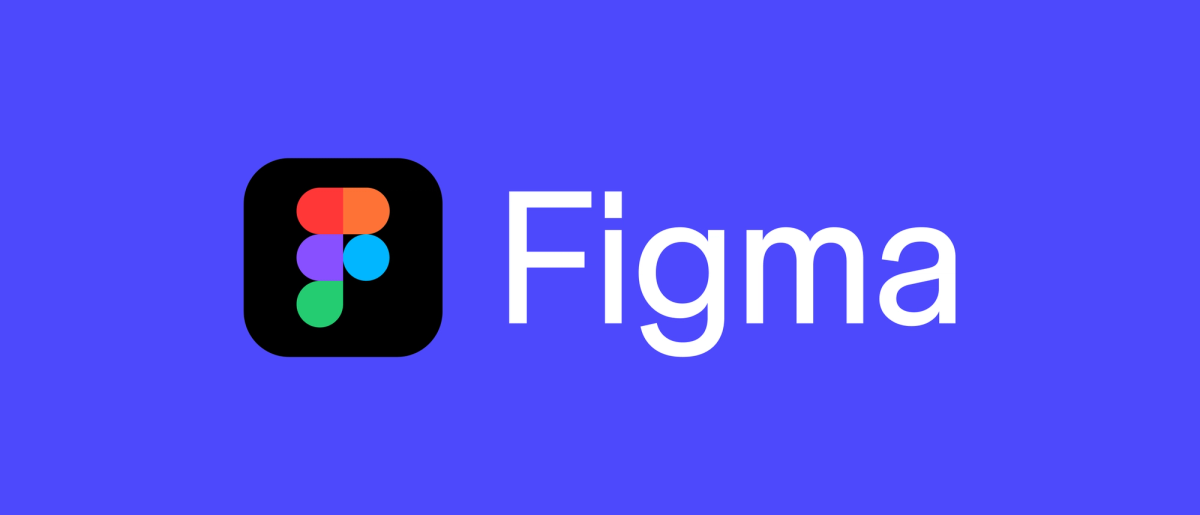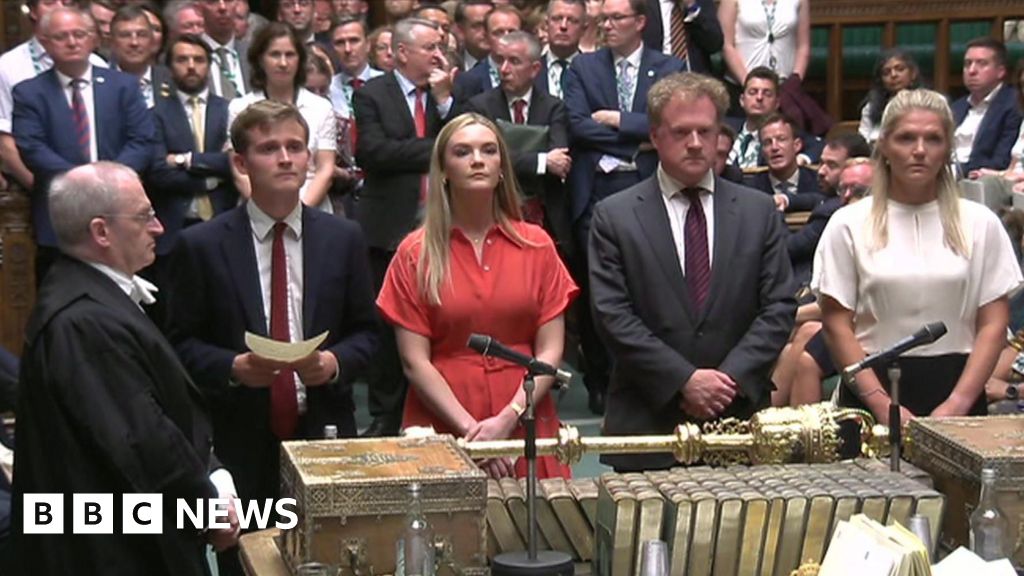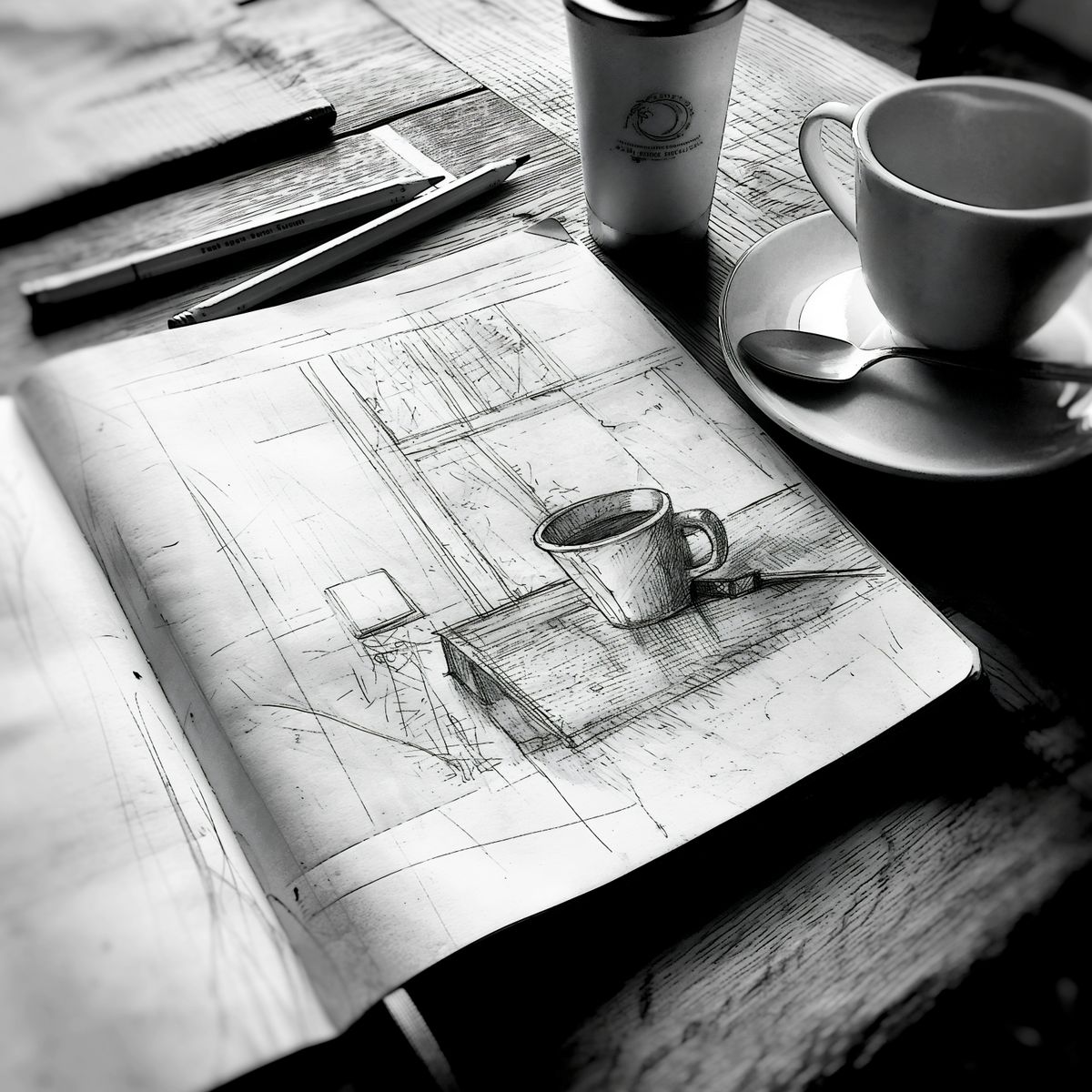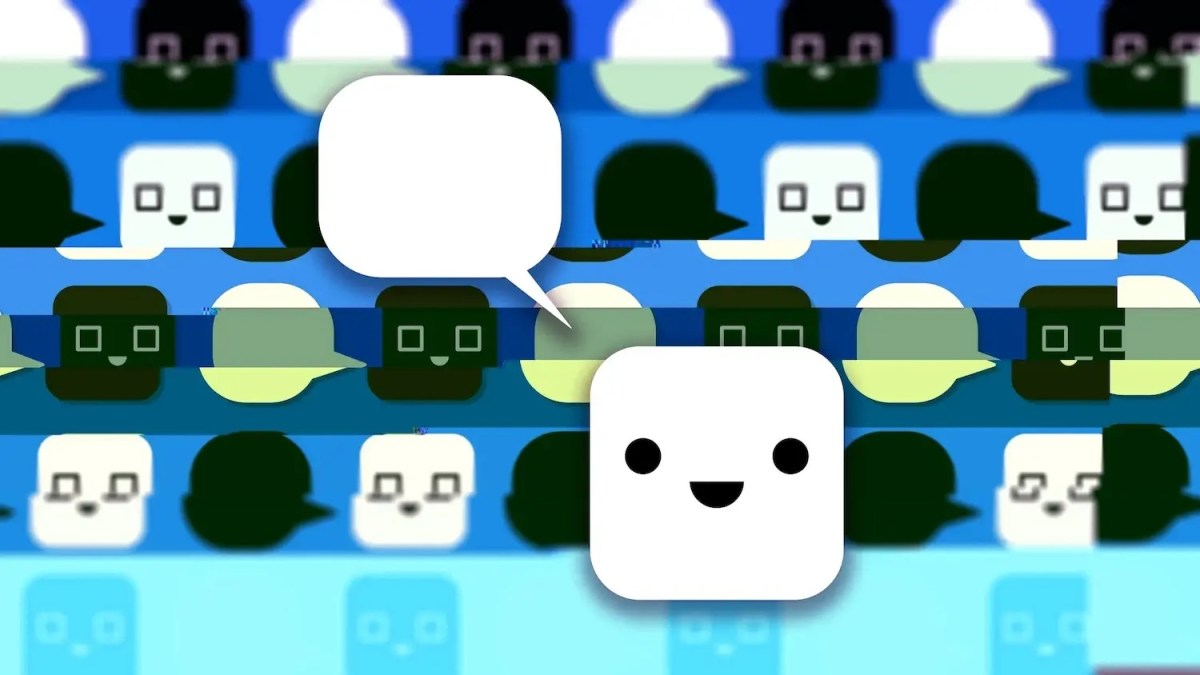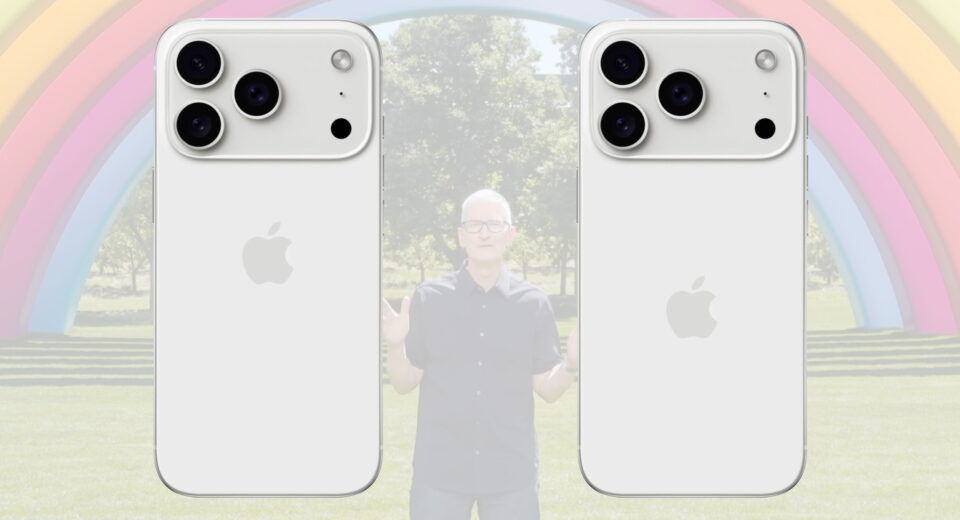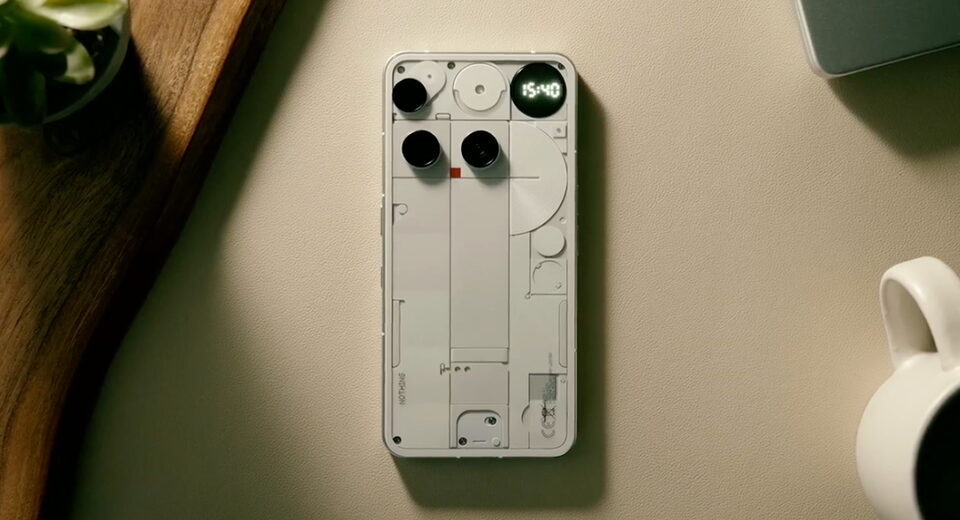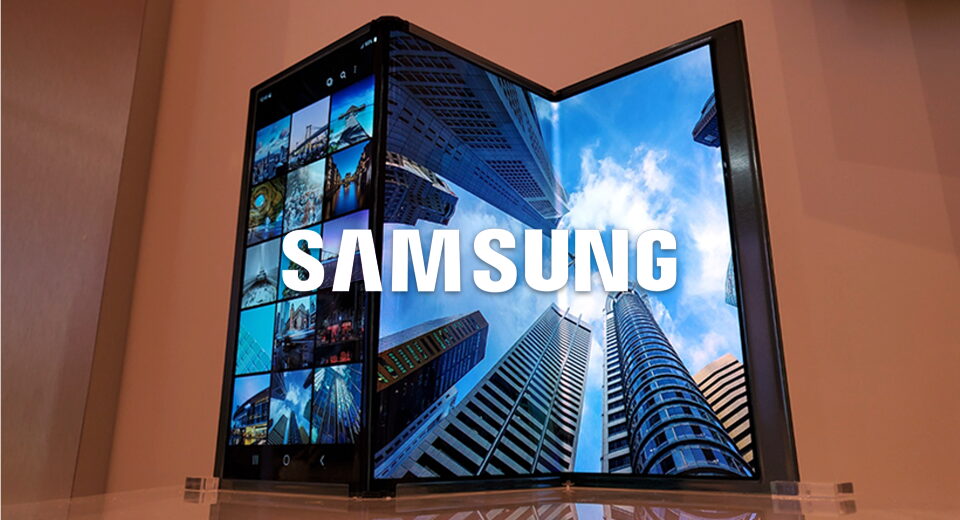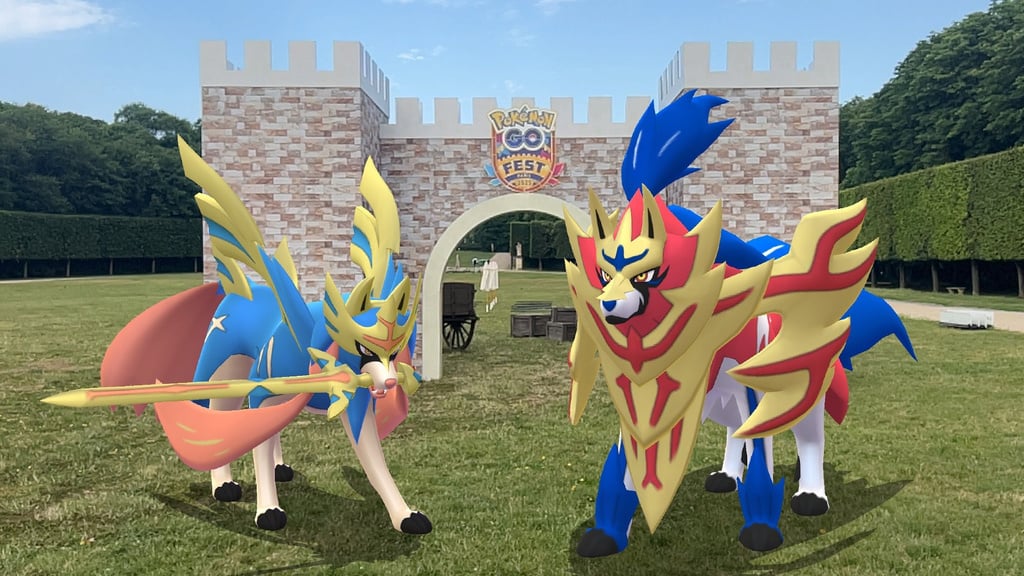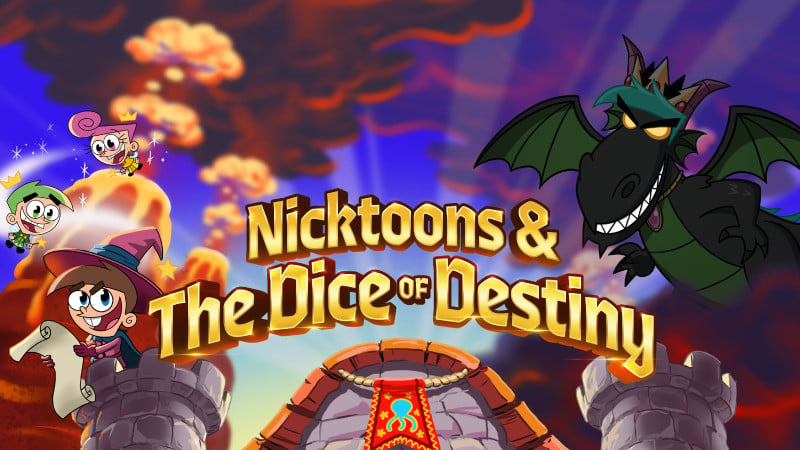The Fed says this is a cube of $1M. They're off by half a million


The Fed says this is a cube of $1 million. They're off by half a million.
At the Federal Reserve Bank of Chicago’s Money Museum, there’s a big transparent cube on display. It’s filled with tightly packed stacks of 

The plaque proudly declares:
Have you ever wondered what one million dollars looks like? You don’t have to wonder anymore because you can see it right in front of you!
But I don’t trust signs. I trust counting.
The Big Count
I first tried counting the stacks right there in the room. The cube was tall, so I had to step back to see the whole thing, squinting at the stacks, trying to follow each row. I lost track almost immediately.
Also, people were starting to look at me funny. Apparently, staring intensely at a pile of cash while muttering numbers isn’t normal museum behavior.
Then, I tried with a photo. I zoomed all the way in on my phone, dragging my finger across the screen, mentally tallying as I went.
Still couldn’t keep count.
All I wanted was a way to click on things in a photo and have the number go up.
You’d think this would already exist, a browser based tool for counting things.
Turns out it… doesn’t. At least, not as a web app I can find on Google.
There are some clunky old Windows programs, niche scientific tools, and image analysis software that assumes you’re trying to count cells under a microscope, not people, penguins, or stacks of $1 bills in a Federal Reserve cube.
So I made Dot Counter.
It’s stupidly simple: upload an image, click to drop a dot, and it tells you how many you’ve placed. That’s it. But somehow, nothing like it existed.
I originally made it to investigate this very cube, but I figured other people might need to count stuff in pictures.
Now it’s yours too.
Go forth. Count wisely.
Count your enemies. Count your blessings. Count your stacks of cash.
Because when someone tells you it’s a million dollars, you might want to double check.
Final Tally

Assuming each bundle contains
*The straps on them are blue which is the
So yeah. They’re off by
That’s
Hmm 🤔
Imagine the meeting.
“Hey so… we’re $550,400 over budget on the million-dollar cube project.”
Bad at math?
If you knock
but since dollar bills are much wider than they’re tall, it wouldn’t look like a cube anymore.
Inflation?
Maybe the Fed is playing the long game.
At the Fed’s
Can’t wait to come back in 2047 and say: “Nice. Nailed it.”
Technicality?
Sure, it does technically contain
And also
Which is kind of like ordering a burger and getting three.
I mean, sure, free stuff. But it’s not what you asked for.
Empty inside?
What if it’s hollow?
You can only see the outer stacks. For all we know, the middle is just air and crumpled-up old newspaper.
A money shell. A decorative cube. A fiscal illusion. The world’s most expensive piñata (but don’t hit it, security is watching).
And get this: just the outermost layer is already worth:
You’d only need a 3-layer-thick shell to blow past a million:
How would you make a million dollar cube?
Turns out U.S. dollars are extremely non-cube-friendly. Each bill is
Each 100-bill bundle is
Best I could do
90 90 90 bundles per stack7 × 16 7 \times 16 7×16 stacks90 × 7 × 16 × $ 100 = $ 1 , 008 , 000 90 \times 7 \times 16 \times \$ 100 = \$ 1,008,000 90×7×16×$100=$1,008,000
Which gives you a lovely almost-cube:
42.97 in 42.97\thinspace\text{in} 42.97in( 3.58 ft ) (3.58\thinspace\text{ft}) (3.58ft) wide41.76 in 41.76\thinspace\text{in} 41.76in( 3.48 ft ) (3.48\thinspace\text{ft}) (3.48ft) deep38.70 in 38.70\thinspace\text{in} 38.70in( 3.225 ft ) (3.225\thinspace\text{ft}) (3.225ft) tall
Not perfect. Not terrible. At least it’s honest, unlike that other cube.
Conclusion
So what’s in the cube?
Maybe it’s
Maybe it’s an empty box with a money shell.
Most likely it’s
All I know is I built a tool, did the math, and triple-checked the stacks.
The sign says you don’t have to wonder. But I did anyway.
And now… you don’t have to either.
What's Your Reaction?
 Like
0
Like
0
 Dislike
0
Dislike
0
 Love
0
Love
0
 Funny
0
Funny
0
 Angry
0
Angry
0
 Sad
0
Sad
0
 Wow
0
Wow
0
